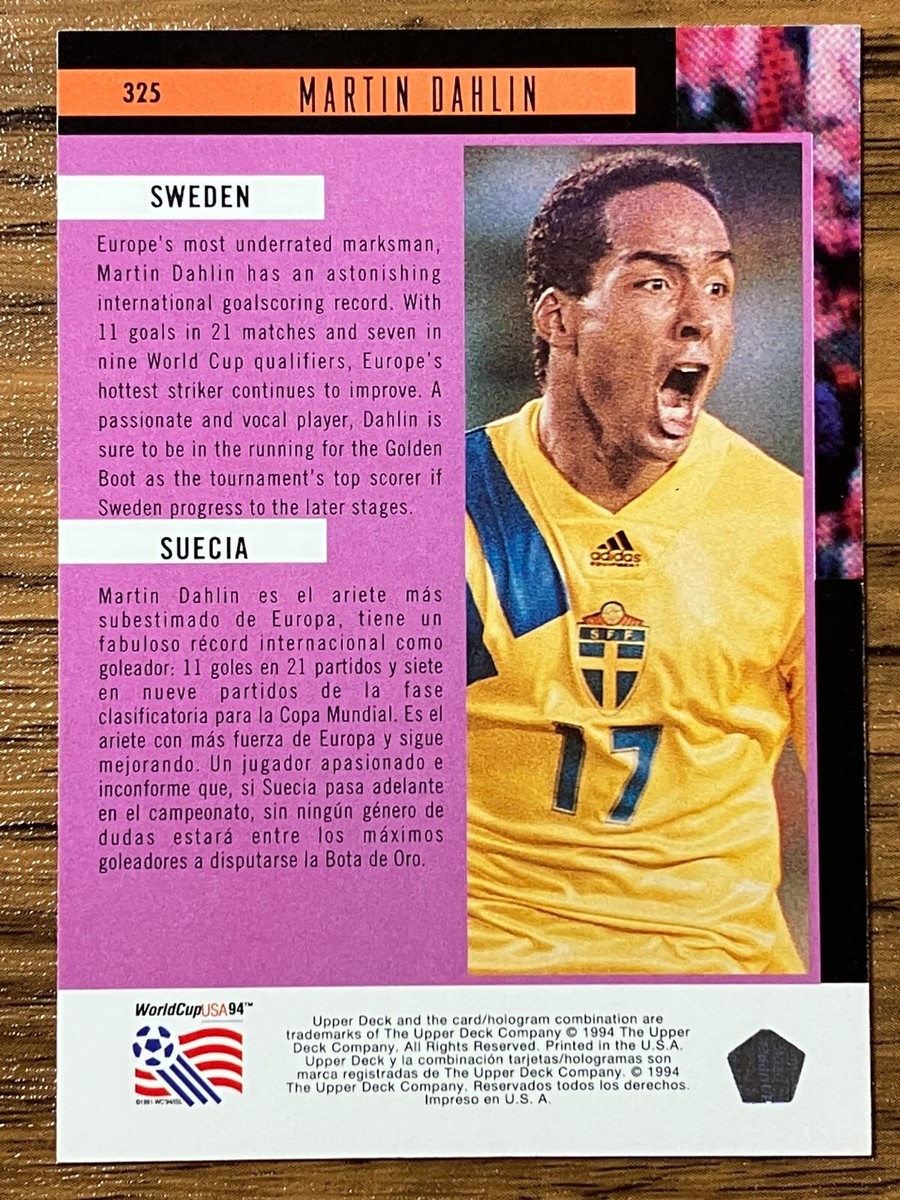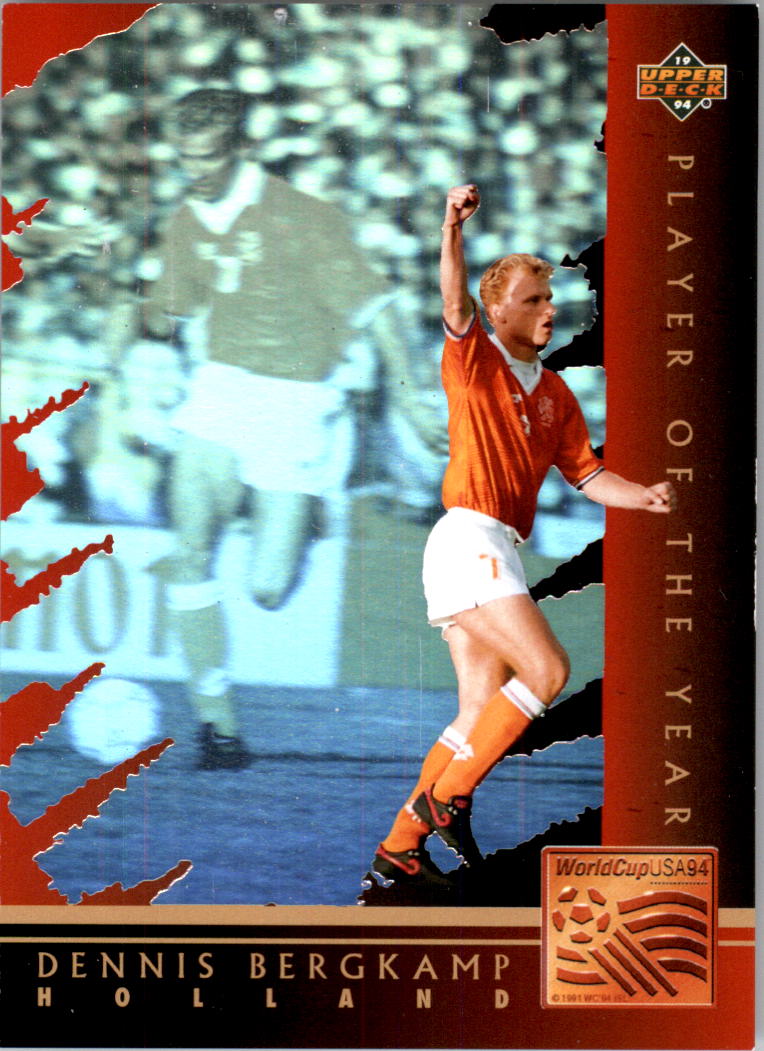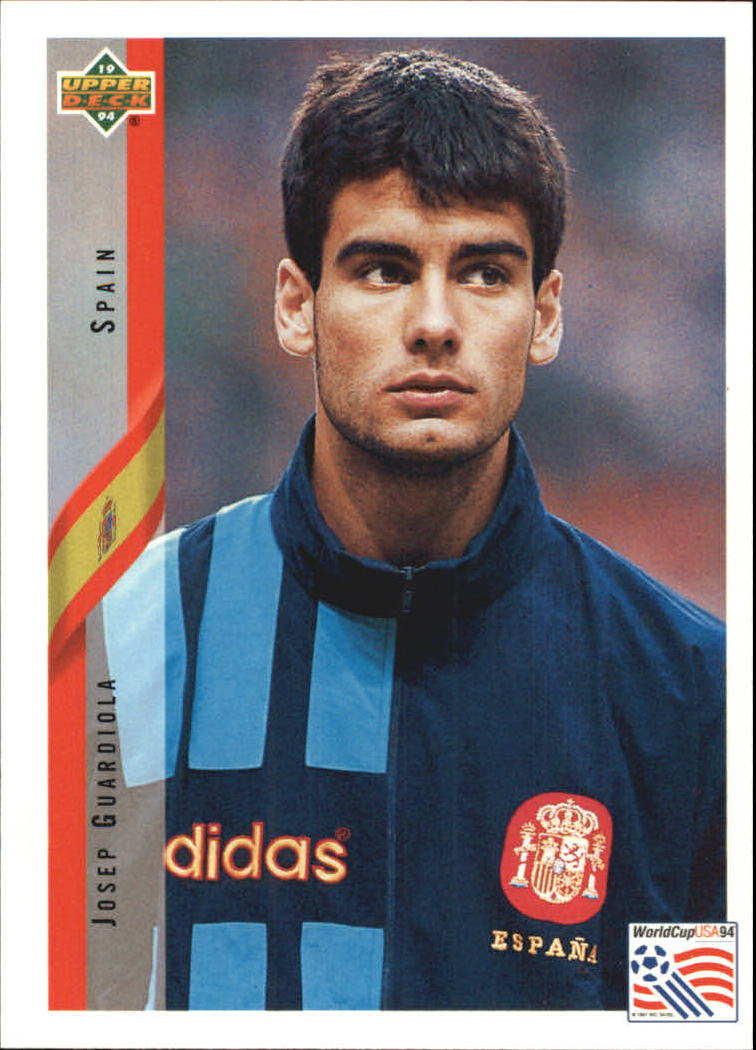Man, I gotta tell you, digging through boxes of junk when we moved houses last year was a trip. Found this huge tote box my mom packed up twenty years ago. Mostly old t-shirts and high school report cards. But right at the bottom? My stash of 1994 Upper Deck World Cup soccer cards.

I remember dumping cash into these things back when I thought they’d pay for a Honda Civic by now. I was 14, and I thought the whole world was going to start collecting soccer like they collected baseball. Turns out, raw copies of most of them are maybe worth a couple of bucks—if you find someone desperate enough. That initial feeling of striking it rich died pretty fast.
But then, I started looking up the key players—the Romários, the Baggio rookies, guys who actually mattered. And I saw what the graded versions were selling for. I’m talking about ten times the price for a perfect 10. That shift in price, just because a card was sealed in plastic and given a number, immediately caught my attention. It was too massive a difference to ignore.
The Great Debate: To Grade or Not to Grade?
I spent three weeks just staring at the stack, completely paralyzed. My wife was making fun of me, saying I looked like Gollum with my precious cards. See, I had never graded a single thing before. Never understood why people paid thirty bucks just to put plastic around cardboard. It felt like a scam, honestly.
I tried to call up my old buddy Mike, who used to collect baseball cards seriously. He told me grading soccer cards was stupid, said the market wasn’t deep enough, and that I’d just waste money on shipping and fees. I ignored him, obviously. That dude told me Bitcoin was a fad back in 2012, so his financial advice is typically garbage. But it still planted doubt in my head.
What really got me going was watching these auction results. One guy on a forum posted a picture of a stack of raw cards he bought for $500, sent them in, and a few months later was bragging about selling just one of them for $2,500. That’s when I snapped out of the analysis paralysis. The value was clearly locked inside the plastic case; I just had to figure out how to unlock it.

The Selection Process: Hunting for Perfection
I realized the key was finding the cleanest possible cards. Those 1994 Upper Deck sheets were notorious for poor cutting. Finding a perfectly centered card without fuzzy edges is like finding a parking spot downtown on a Saturday—it rarely happens naturally. I put on cotton gloves—felt ridiculous, like a forensic scientist—and started going through them with a magnifying glass. This was not a quick process; this was surgery.
I had to be absolutely brutal. If a card had a defect, it was out. Grading fees aren’t cheap, so you can’t afford to send in anything that won’t score high.
- Checking the Corners: Are they perfect 90-degree angles or soft and dinged up? I only picked cards that looked razor sharp. The slightest white speck on a corner meant it was junk.
- Surface Scratches and Print Lines: This was the killer. Many of them had tiny print lines straight from the factory. I used a micro-fiber cloth and very gently wiped off any surface dust or smudges. I held them under a bright desk lamp to catch any hairline scratches.
- Centering: Eyeballed the borders. This was the biggest failure point for the 1994 UD set. If the left border was thicker than the right border, it went straight into the reject pile. No point grading something that can’t break a grade 9.
I settled on 12 cards. Twelve! Out of a box of maybe 500. I bought penny sleeves and those rigid top-loaders, taped the top-loaders shut just enough to hold the card but not so much that the grader would struggle to open it. It looked like a package destined for space travel by the time I was done sealing them up.
The Three-Month Agony of Waiting
Shipping them out was simple enough, but then the clock started ticking. They said maybe 60 business days for the bulk submission service. Sixty! I tracked the package every day until it was marked “received.” Then, nothing. Just silence for two and a half months. I started reading forums where guys were complaining that their submissions were lost forever, or that they got terrible grades back. I thought I had definitely made a huge mistake, that my $400 investment in grading fees was gone.
I was checking the status page every morning and every night. It became an obsession. My wife threatened to hide my phone if I mentioned the word “pending” one more time.

Then, the email hit. It was 11 PM on a Tuesday. My heart hammered in my chest. I clicked the link, trying not to look at the overall score summary first, making myself look at the list one by one. Seven out of the twelve came back as 9s. That’s good—solid returns. Two came back as 8s—okay, disappointing, probably those damn factory print lines I couldn’t spot. I swallowed the loss on those two.
But the final three? Three perfectly centered, clean 10s. One of them was that infamous Roberto Baggio short print—a card that is notoriously hard to find clean.
The Validation: Yes, It Was Worth It
I immediately listed the Baggio 10 on a popular auction site. Raw, that card fetches maybe $150 if you’re lucky, sometimes less because there’s zero assurance of condition. A week later, after a bidding war between two guys who clearly needed it for their set registry, it sold for $2,100. Two thousand one hundred dollars! I still can’t believe it.
This is exactly why grading works, especially for these older, high-volume sets. Most of the 1994 cards out there are thrashed because nobody thought they were worth protecting back then. They were thrown into shoeboxes or stuck with rubber bands. The graded card acts as a verified survivor. It tells the serious collector, “Hey, this specific piece of cardboard beat the odds and is essentially perfect.”
If you’ve got those old 94 World Cup cards sitting in a damp basement, go dig them out. Spend the time cleaning them up, scrutinizing every edge, and sending only the very best ones in. It was a massive headache and took way too long, but watching that bank transfer hit my account? Yeah, it was absolutely worth the hassle.

